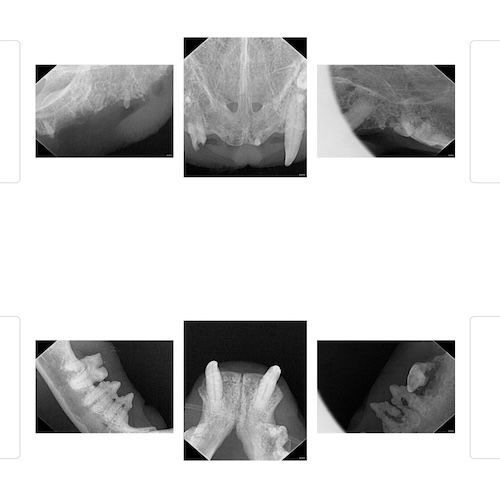
February is national pet dental health month! Here are some steps we can take to make sure Fido’s mouth stays healthy.
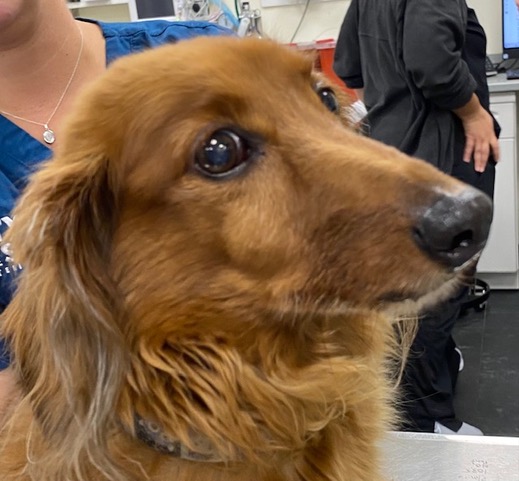 1. BRUSHING
1. BRUSHING
This is the best way to set your pet up for long-term success. Many pet owners have the impression that they don’t need to start brushing until you start to see tartar on the teeth, but by then it’s too late! Visible tartar (also known as calculus) cannot be removed by brushing, and needs to be ultrasonically removed by a veterinarian. We recommend getting your puppy or kitten used to brushing as soon as they come home. Start slow by getting your pet used to the flavor of the toothpaste and the sensation of the brush, with the end goal of brushing your pet’s teeth AT LEAST three times weekly, ideally twice daily. Always use a pet-specific enzymatic toothpaste – they like the flavoring more, and some human toothpastes contain xylitol which is toxic to pets. In the process you can inspect your pet’s mouth for any fractured teeth, painful spots, gum swelling or other abnormalities. Sometimes the problem is under the tooth and all you can see is a swelling on the muzzle (see photo). Call us immediately if you find something that doesn’t seem right!
2. ORAL RINSES OR WATER ADDITIVES
These can be used in pets that won’t allow brushing, or in conjunction with brushing. They reduce the bacterial film on the teeth, thus reducing plaque. Some products will claim miraculous benefits – I equate these products to Listerine – it helps, but imaging what your teeth would look like if you only rinsed with Listerine and never brushed or visited the dentist – yikes!
3. DIETS AND CHEWS
These work via the mechanical action of chewing (the kibble are large and designed to create a “brushing” motion when chewed, and most also contain an ingredient to bind calcium or reduce bacteria in the saliva and reduce plaque. Chews that are too hard (elk antlers, marrow bones) may remove plaque well, but are well known to break teeth.
4. COHAT
Comprehensive Oral Health Exam and Treatments (COHATs) are performed under general anesthesia. Studies show that 70-80% of dogs and cats have some form of periodontal disease by 3 years old, so we like to start COHATs around this age for most pets. A thorough oral exam, dental probing and charting, and scaling and polishing is performed along with any necessary treatments such as extractions or periodontal treatments. Frequency of recommended COHATs depends on an individual pet’s genetics and level of home care that can be performed, but the average is once yearly.
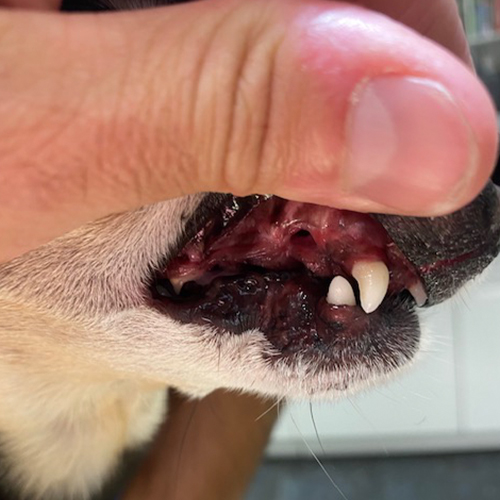 Note the hole that has developed on the right side of Rocky’s mouth. This is called an oronasal fistula that developed from a root infection that caused destruction of bone separating the mouth from the nasal passage.
Note the hole that has developed on the right side of Rocky’s mouth. This is called an oronasal fistula that developed from a root infection that caused destruction of bone separating the mouth from the nasal passage.
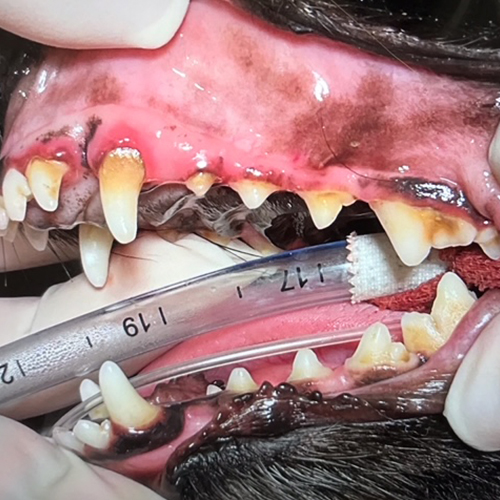 Before COHAT.
Before COHAT.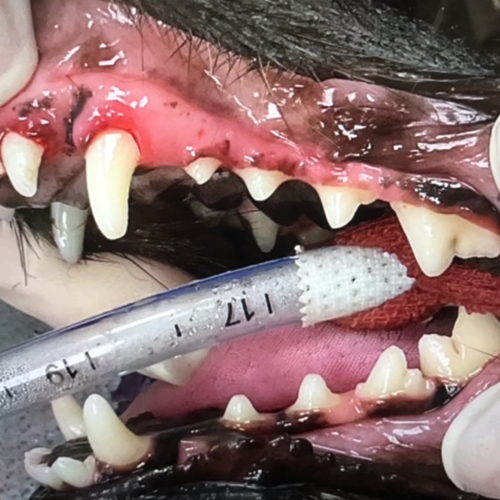 After COHAT.
After COHAT.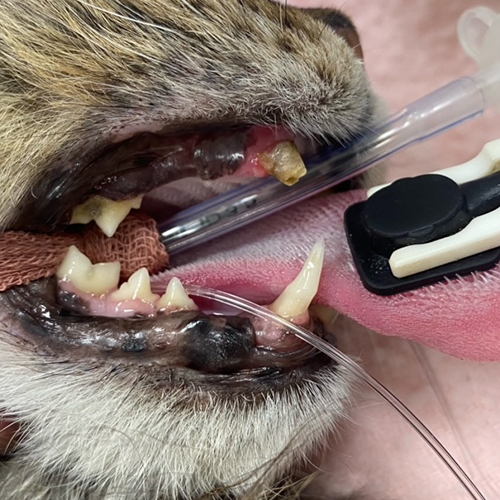 Feline with advanced dental disease with multiple infected teeth.
Feline with advanced dental disease with multiple infected teeth.X-rays of the same cat with dental disease. Many of these teeth could not be salvaged and several teeth had already broken or fallen out.
